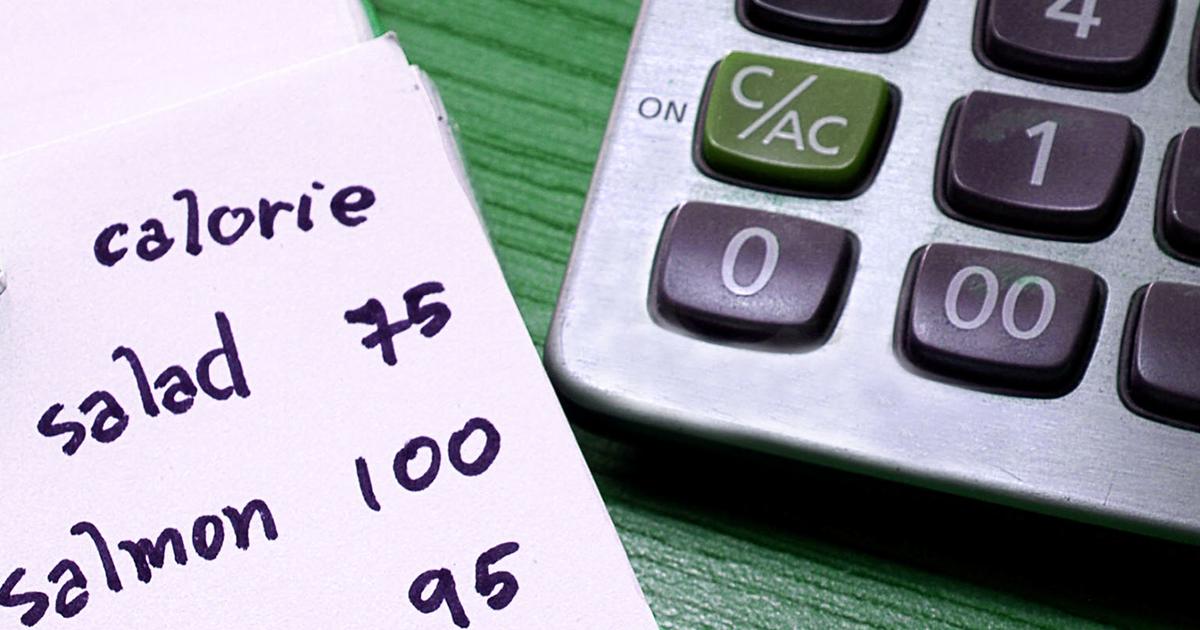Calorie Restriction Diet Plans: Are They Healthy?
Calorie restriction diets are intended to promote weight loss and improved wellbeing by drastically reducing daily calorie intake. These diets often involve the use of meal replacement items, including meal-replacement shakes, soups, and bars. Many calorie-restricted diets reduce daily calorie intake to 1,200 calories a day, and some plans reduce this intake to no more than eight hundred calories each day. Calorie restriction diets may be recommended by doctors in cases where patients have a body mass index of thirty or above, and they might also be considered for patients with body mass indices of twenty-seven or higher who also have conditions such as diabetes or hypertension. Since calorie restriction involves some level of risk, especially when they drop below 1200 calories, patients should ensure they are monitored by a doctor while following the diet.
The guide below explains some of the most popular types of calorie restriction diets, and it also includes information about potential benefits, side effects, and alternatives.
Defining Calorie Restriction

In terms of defining calorie restriction, most experts agree it consists of a thirty to forty percent reduction in daily caloric intake. Individual calorie needs vary depending on an individual's gender, age, and weight, so a thirty to forty percent reduction generally means consuming between eight hundred and 1,500 calories each day. Some calorie restriction plans include a daily calorie intake of approximately four hundred to seven hundred calories. Also known as very-low-calorie diets, these forms of calorie restriction are typically followed for one to three months, and patients must be monitored by a physician. Alternatively, newer forms of calorie restriction may focus on restricting weekly calorie intake. These forms of restriction have a daily limit of five to seven hundred calories for two or three days of the week, and patients can eat more calories on the other days of the week. For some patients, these plans are easier to maintain.
Get the details on some examples of specific calorie restriction diets now.
Examples Of Calorie Restriction Diets

The Cambridge diet is one of the primary examples of calorie restriction diets. Developed in Britain in the 1980s, the diet begins with a four-week period designed to promote weight loss of at least three to five pounds per week. Patients consume 415 to 554 calories per day, and the calories come exclusively from specialized meal replacement shakes and soups. Women are allowed three meal replacement products per day, and men are to consume four. No additional food is permitted, and patients are encouraged to drink at least two quarts of water per day. After the initial four-week period, the plan enters a stabilization phase that allows up to 790 calories per day. Patients in this phase can have three meal replacement products and one meal of green vegetables, cottage cheese, and three ounces of fish or poultry. A similar calorie restriction program is run by doctors at UCLA Health. Known as the RFO Weight Management Program, this program also uses meal replacement shakes and soups and allows for a range of four hundred to one thousand calories per day. Patients on the program have their weight, blood pressure, potassium, and cardiac health monitored several times a month. Patients who do not want to use meal replacement products often create their own version of a calorie-restricted diet by restricting their eating to calorie-controlled amounts of certain food groups. The grapefruit diet and the cabbage soup diet are examples of these diets.
Uncover some of the claimed health benefits of calorie restriction next.
